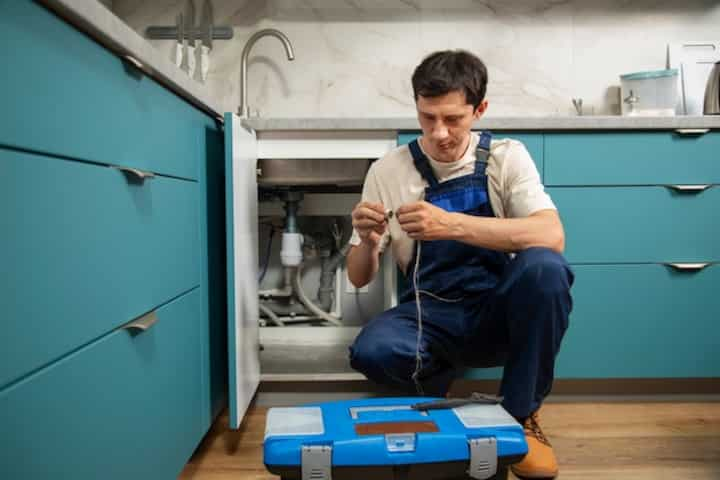
Expert Mold Inspection Services in Little Rock, AR
Mold infestation is not only a nuisance but also a serious health hazard that can compromise the integrity of buildings and the well-being of its occupants. In Little Rock, AR, the need for effective mold inspection services is increasingly critical due to the humid climate and common occurrences of water intrusion. This article provides an overview of the expert mold inspection services available in Little Rock, emphasizing their importance and benefits. The information is structured to guide residents and property owners in making informed decisions about mold inspections.
Understanding Mold and Its Impact
Mold is a type of fungus that thrives in moist environments, often proliferating in places with poor ventilation and high humidity levels. Its spores can easily become airborne, posing significant health risks, especially to individuals with respiratory issues, allergies, or weakened immune systems. Moreover, mold can cause damage to the structure of a building, leading to costly repairs.
Health Risks Associated with Mold
- Respiratory problems such as asthma and chronic sinus infections
- Allergic reactions including sneezing, runny nose, and skin rashes
- Potential for severe allergic reactions in sensitive individuals
- Long-term exposure may lead to serious health complications
The Importance of Professional Mold Inspection Services
Professional mold inspection services are crucial for effectively identifying and mitigating mold issues. These services employ thorough methodologies to detect mold presence, assess the extent of contamination, and recommend appropriate remediation strategies.
Key Benefits of Professional Mold Inspections
- Accurate detection of mold, even in hidden or inaccessible areas
- Identification of the source of moisture to prevent future growth
- Comprehensive reports that detail the findings and suggested actions
- Expert recommendations for remediation and prevention
For more insights on mold inspection processes, read more about this topic.
The Mold Inspection Process
A typical mold inspection process involves several critical steps aimed at ensuring thorough assessment and accurate results.
Steps Involved in Mold Inspection
- Initial Consultation: Discuss the areas of concern and gather information about the property's history of mold issues.
- Visual Inspection: Carefully examine the property for visible signs of mold and moisture problems.
- Sampling: Collect samples from suspect areas for laboratory analysis to confirm the type and concentration of mold.
- Moisture Mapping: Use moisture meters and thermal imaging to identify hidden moisture sources.
- Detailed Reporting: Provide a comprehensive report outlining the findings and remedial recommendations.
Learn more in this detailed guide about the mold inspection process.
Preventing Mold Growth
Prevention is an essential aspect of managing mold issues. Effective strategies can significantly reduce the likelihood of mold infestation.
Preventive Measures
- Ensure good ventilation throughout the property
- Regularly inspect and maintain plumbing systems to prevent leaks
- Control indoor humidity levels using dehumidifiers
- Promptly address any water intrusions or flooding incidents
Explore further insights here on preventing mold growth.
Choosing the Right Mold Inspection Service
Selecting a reliable mold inspection service is vital for ensuring effective and accurate results. Consider the following factors when making your choice:
Factors to Consider
- Experience and expertise in mold inspection and remediation
- Use of advanced technology and equipment
- Comprehensive service offerings, including leak detection
- Positive reviews and testimonials from previous clients
Find additional information here to aid in choosing the right service provider.